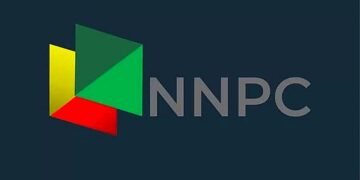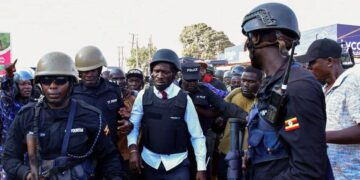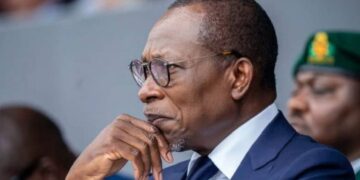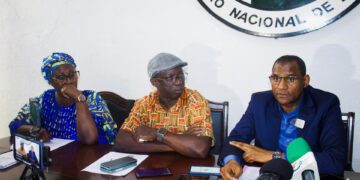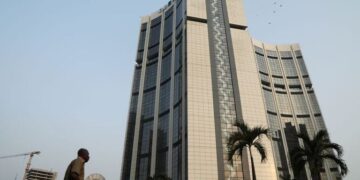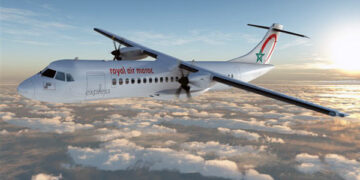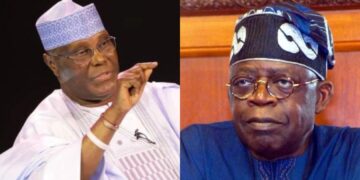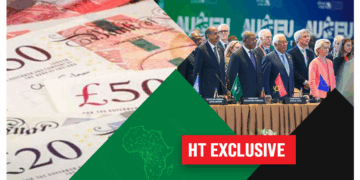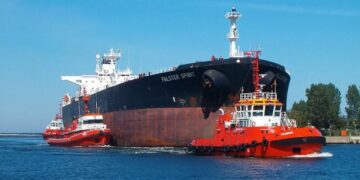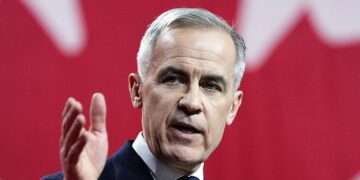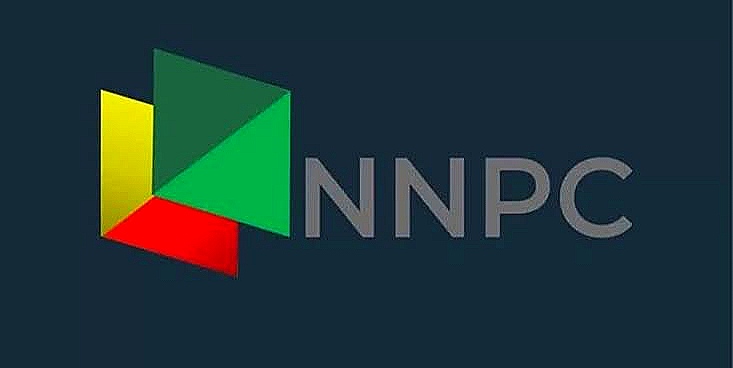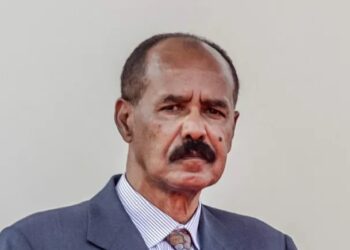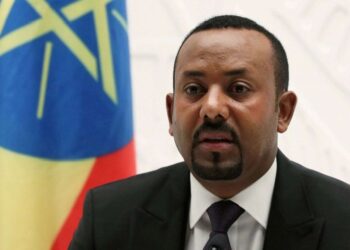By John Ikani
The Nigerian National Petroleum Company Limited (NNPCL) will tomorrow (Thursday) sign a Memorandum of Understanding (MoU) on a gas pipeline project with the National Office of Hydrocarbons and Mines of Morocco (ONHYM) and the commission of the Economic Community of West African States (ECOWAS).
The MoU is expected to drive the execution of the 7,000km Nigeria-Morocco gas pipeline project.
In a statement on Tuesday, NNPCL said both parties reaffirmed their commitment to the project, which when completed, will provide gas to the West African countries through the Kingdom of Morocco and subsequently to Europe.
In preparation of the signing of the agreement scheduled to hold on 15 September, 2022, in Rabat, Morocco, the Group Chief Executive Officer of NNPCL, Mele Kyari, paid a courtesy visit to H.E Dr. Omar Alieu Touray, the President of the ECOWAS Commission.
The NNPCL and ONHYM will also sign two MoUs with SMH of Mauritania and Petrosen of Senegal, to participate in the project.
Once completed, the project will supply about 3 billion standard cubic feet of gas along the coast of West Africa from Nigeria, Benin, Togo, Ghana, Cote d’ Ivoire, Liberia, Sierra Leone, Guinea, Guinea Bissau, Gambia, Senegal, Mauritania to Morocco.
Other benefits include improvement of living standards of people, integration of the economies within the sub-region, and mitigation against desertification through sustainable and reliable gas supply.
What you should know
The Nigeria-Morocco Gas Pipeline (NMGP) Project is an initiative of the Federal Government of Nigeria and the Kingdom of Morocco and was conceived during the visit of King Mohammed VI of Morocco to Nigeria in December 2016.
The NMGP Project is aimed at monetisation of Nigeria’s abundant natural gas resources, thereby generating additional revenue for the Country, diversification of Nigeria’s gas export routes, and eliminating gas flaring.
It will also assist in supplying gas to Morocco, 13 ECOWAS Countries, and Europe, integrating the economies of the Sub-region, Improvement of living standards of people within the Sub-region, creating wealth and poverty alleviation, and assisting in the fight against desertification through sustainable and reliable gas supply, as well as providing an avenue for other Countries along the pipeline route to develop and export their gas.
The pipeline is a 48 Inch X 5,300 Km (Offshore from Brass Island-Nigeria to Dakhla-Morocco) and 56” X 1,700 Km (onshore from Dakhla-Morocco to MEP), with a total length of about over 7,000 Km and about thirteen (Compressor Stations.
The pipeline will start from Brass Island (Nigeria) and terminate in the North of Morocco, where it will be connected to the existing Maghreb European Pipeline (MEP) that originates from Algeria (via Morocco) to Spain.
